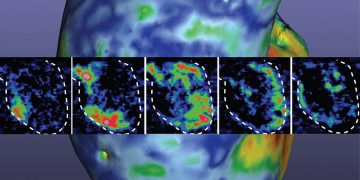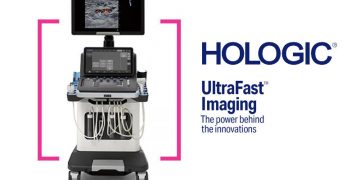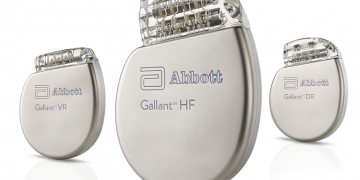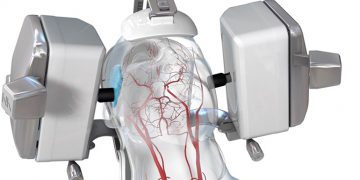Researchers at the Gwangju Institute of Science and Technology in South Korea have developed a method to wirelessly power implanted devices using light. The technique involves a micro-LED patch to transmit light through the skin and a photovoltaic system on implanted devices that can turn this light into electricity. This technology could help researchers to develop devices that do not need batteries, avoiding the need to remove and replace them when the batteries are depleted.
Implantable electronic medical devices have had a significant impact on healthcare, particularly on the long-term management of chronic conditions. Such devices include old favorites, including the pacemaker, and those in development, such as the artificial pancreas. However, a common stumbling block for these devices, particularly those intended for long-term implantation, is their supply of power.
“One of the greatest demands in biomedical electronic implants is to provide a sustainable electrical power for extended healthy life without battery replacement surgeries,” says Jongho Lee, a researcher involved in the study. “Currently, a lack of a reliable source of power limits the functionality and performance of implant devices. If we can secure enough electrical power in our body, new types of medical implants with diverse functions and high performance can be developed.”
At present, electronic implants must either be powered through external wires, which penetrate the skin and pose an infection risk, or through an internal battery. There are some wireless techniques already in use, such as inductive coupling, but they are generally only safe at lower power levels. Internal batteries can have a significant life-span, on the other hand, but will eventually become depleted, requiring a surgical procedure to replace them. This is inconvenient for patients, and also comes with risks such as infection and other complications.
To address these limitations, the Korean researchers have developed a method to wirelessly power implanted devices, using the implantable equivalent of solar panels. The technique, described in the Proceedings of the National Academy of Sciences, relies on an externally applied light source in the form of a micro-LED patch that is stuck to the skin above where an implanted device resides.
The patch exploits the translucent nature of tissue, which allows light penetration to some extent – think of the glow that happens when light from a flashlight, that is pressed against your fingers, passes through your skin.
The second component is a photovoltaic system that is attached to an implanted device, which uses the light transmitted through the skin to generate electricity. So far, the researchers have tested the system in mice and demonstrated that it can successfully power an implanted device.
“These results enable the long-term use of currently available implants, in addition to accelerating emerging types of electrical implants that require higher power to provide diverse, convenient diagnostic and therapeutic functions in human bodies,” said Lee.
Study in Proceedings of the National Academy of Sciences: Active photonic wireless power transfer into live tissues














